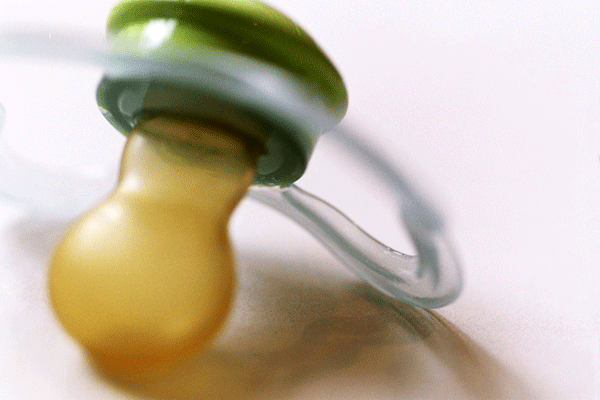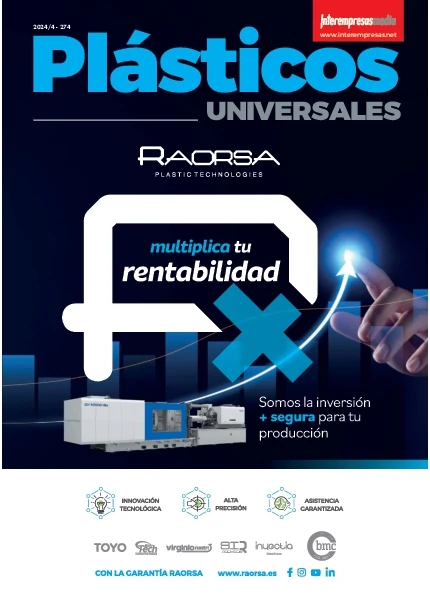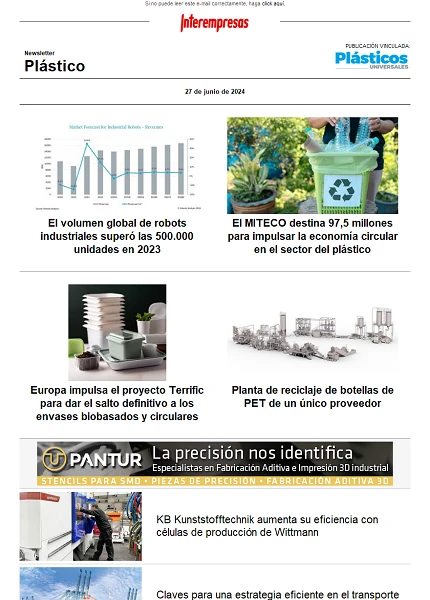Silicones in contact with foodstuffs
December 17, 2008
The framework regulation 1935 / 2004 establishes the environment in which to develop the laws relating to the particular materials which may come into contact with food. Plastics are one of the permitted groups and whose legislation is currently the most developed but for some time, the Silicones were excluded from the scope of the directive on plastic materials and articles intended to come into contact with food (Directive 2002/72/EC).
However, there are resolutions and technical documents issued by the Council of Europe relating to those materials and/or aspects not covered by the directives, which are recommended continue insofar as they are very much in line with regard to the protection of the consumer. In the case of silicones, are available the document ' Silicones used for food contact' (latest 2004), whose provisions are very similar to the directive of plastics in contact with food on the positive lists of substances and the need to comply with the limits of global migration. The determination of these limits is carried out following the same instructions as for plastics.
Basically, silicones which are or are intended for contact with food must meet the following specifications:
1) Silicones should not assign components to foodstuffs in quantities which damage the health of the people and bring about an unacceptable change in the composition of the food or alter the characteristic organoléticas of the same.
(2) Be manufactured according to a system of quality assurance (ISO 9002 for example) and under the conditions indicated in the list provided in the document of the resolution (starting substances and authorised additives).
(3) The interaction between starting to manufacture Silicones substances must not generate substances that cause damage to persons.
(4) In order to avoid the formation of cyclic polidimetilsiloxanos with phenyl groups, they cannot employ as starting substances the linear siloxanos that have methyl and phenyl groups in the same atom and containing two groups methyl on the same atom of Silicon (siloxanos and Silicones)(, methyl, phenyl dimethyl).
(5) The migration/emission of any substance from Silicones towards food has to be as low as it is technically possible. The total quantity of substances that can migrate is 10 milligrams per decimetre square area of material or 60 milligrams per kilogram of food. This is regarded as the overall migration limit and agrees with the limit imposed by the directive on plastic food contact.
(6) The specific migration limits given in the datasheet of the resolution on the silicone must be met.
(7) Migration tests must be carried out following the indications of directives 82/711/EEC, 85/572/EEC, 2002/72/EC and its future amendments unless it is technically impossible due to the nature of the material and testing of migration.
(8) Should ensure a good labelling of the product, if necessary the pre-washing by the user.
In the case of the children's products made with silicone and intended to come into contact with food, such as the example of the teats for bottle, also has to comply with specific regulations, especially as regards the content of volatile, migration of metals and specific migration of certain antioxidants.

Types of silicone in contact with food
Both in food processing and cooking them, involved different types of silicones products:
Different types of silicone and food contact applications
Type of silicone Applications
Rubber Silicone soothers and teats, molds for baking, tubes, together...
Silicone fluid used as aid in the processing of food
Resins of silicone coatings for furnaces, trays
In addition to the not sticky properties that present, silicones have the advantage of its great stability to heat and can be used both to be in contact with aqueous alcoholic foods and fats.
Residual substances in Silicones for food products
There are not many available work relating to the determinations of the substances migrating from Silicones, although it is possible to find some dedicated to the identification of substances that are part of the formulations of these products.
Among the substances which cause breaches in the limits of migration both taxes on materials in contact with food, as derivatives of the complementary laws (especially in the emission of volatile) it is possible the identification of: oligomers of siloxano, aliphatic hydrocarbons, diethyl (DEP) phthalate and the hydroxytoluene (BHT) butilado. It is very common to find polidimetilciclosiloxanos from 6 to 25 carbons, catalyst (Platinum catalysts), peroxides and waste products generated during the oxidation such as formaldehyde. However, the majority of the work point to the oligomers as majority compounds, in particular the cyclic hexámero.


































